This xBmt was completed by a member of The Brü Club in collaboration with Brülosophy as a part of The Brü Club xBmt Series. While members who choose to participate in this series generally take inspiration from Brülosophy, the bulk of design, writing, and editing is handled by members unless otherwise specified. Articles featured on Brulosophy.com are selected by The Brü Club leadership prior to being submitted for publication. Visit The Brü Club Facebook Group for more information on this series.
Editor’s note: One of the many beautiful things about brewing beer is that it’s rife with opportunities for experimentation, as is evidenced by the 400+ xBmts we’ve completed here at Brülosophy. Whereas our focus has been primarily on standard brewing processes and ingredients, there’s a whole world of unconventional variables that have yet to be tapped. Such is the case with this xBmt comparing a beer made with water to one made with, of all things, a sugar-free sports drink. Indeed, it’s never been our intention to influence the way brewers do things, but rather provide content that’s both informative and entertaining. Suffice to say, this xBmt lands squarely on the entertainment end of the spectrum, and we think that’s pretty cool!
Author: Michael Nedvidek
The recipe for beer is deceptively simple with only water, grains, hops, and yeast as the four major ingredients. Small adjustments in these four variables and the methods of combining them can result in drastic changes between beers. While literally hundreds of commercially available varieties (if not more) of grain, hop, and yeast varieties exist as options from which brewers can choose, the adjustment of brewing water lies on a much more, fittingly, fluid scale. The qualities of brewing water first depend on the nature and geographic location of the water source, and then can be infinitesimally adjusted by varied additions of minerals and chemicals. A beer brewed with all the same processes and commercially available grains, hops, and yeast could vary dramatically by location and the addition or omission of a spoonful of salts.
While water quality and profile certainly have an impact on a beer’s characteristics, the discussion is usually limited to the presence or absence of comparatively small amounts of compounds dissolved in the water. Much less research has been conducted on the effects of drastically changing the profile of a water to the degree that it becomes marketed as a new liquid entirely. The sports drink market is valued at nearly $30 billion annually worldwide, but strangely these beverages (which are mostly comprised of water) rarely make the ingredients list when designing and brewing a beer. This surely represents a tremendous untapped market and a field of study rich with potential.
I have enjoyed beer for around ten years and have been brewing my own for most of that time. My wife does not like beer. There are a handful of beers she doesn’t hate, but none that she would drink for fun. My wife likes blue Powerade Zero and could drink a bottle of Blue Moon without terrible discomfort. As a home brewer I naturally asked myself if I could make a Belgian wit replacing all water with blue Powerade Zero, if this variable would be noticeable in the resulting product, and if she (or anyone) would like it.
| PURPOSE |
To evaluate the differences between a Witbier made with water and one made with Mixed Beer Powerade Zero.
| METHODS |
I modeled this recipe off a Blue Moon-type Belgian wit, as that beer is palatable to my wife, enjoyable to me, and fits with the “blue” theme of this project.
Bog Water
Recipe Details
| Batch Size | Boil Time | IBU | SRM | Est. OG | Est. FG | ABV |
|---|---|---|---|---|---|---|
| 6 gal | 60 min | 14.9 | 3.7 SRM | 1.054 | 1.009 | 5.91 % |
| Actuals | 1.054 | 1.009 | 5.91 % | |||
Fermentables
| Name | Amount | % |
|---|---|---|
| Wheat White Malt | 5 lbs | 42.11 |
| Pale Malt, 2-Row | 2.5 lbs | 21.05 |
| Pilsner | 2.5 lbs | 21.05 |
| Oats, Flaked | 1 lbs | 8.42 |
| Carapils | 8 oz | 4.21 |
| Caramel/Crystal Malt 10L | 4 oz | 2.11 |
| Munich Malt | 2 oz | 1.05 |
Hops
| Name | Amount | Time | Use | Form | Alpha % |
|---|---|---|---|---|---|
| Hallertauer Mittelfrueh | 37 g | 60 min | Boil | Pellet | 4 |
Miscs
| Name | Amount | Time | Use | Type |
|---|---|---|---|---|
| Orange Peel, Bitter | 18 g | 10 min | Boil | Spice |
| Orange Peel, Sweet | 18 g | 10 min | Boil | Spice |
| Coriander Seed | 14 g | 5 min | Boil | Spice |
Yeast
| Name | Lab | Attenuation | Temperature |
|---|---|---|---|
| Safale American (US-05) | Fermentis | 81% | 60.8°F - 82.4°F |
| SafBrew Specialty Ale (T-58) | Fermentis | 70% | 59°F - 68°F |
Notes
| Powerade Profile: Ca 23 | Mg 9 | Na 424 | SO4 10 | Cl 603 Water Profile: Ca 52 | Mg 10 | Na 7 | SO4 74 | Cl 59 |
Download
| Download this recipe's BeerXML file |
If I’m going to attempt an I’ll-advised project, I’m going to do it right. The first step in this questionable journey was to have my home water profile professionally tested, and have the same company identically test a sample of blue Powerade Zero so I can establish a baseline. The results were telling.
While there were many minor differences in the brewing salt content in both “water” sources, there were 3 notable differences between my tap water and a zero-calorie sports drink marketed to athletes by a beverage manufacturer. The first 2 went hand-in-hand– notably high levels of sodium and chloride, the two minerals that make up table salt. Salt is an electrolyte, and sports beverage recipes are overloaded with electrolytes that athletes (and sometimes perhaps plants) supposedly crave. Both sodium and chloride can individually impact the perceived flavors from other ingredients in the beer, and can understandably contribute to a salty flavor when added in conjunction.
A less expected difference between the two fluids was the pH. While my home tap water sat at a reasonable pH and could be easily adjusted, the blue Powerade Zero had an aggressive pH of just 2.6. Yeast and enzymes crucial to brewing processes would find such an acidic pH hostile at best, so I determined the best course of action was to raise the pH until the level was within a suitable range for brewing.
Preliminary research showed a few notable options for pH adjustment, which I tested out in small batches weeks before brewing to see which showed promise.
First, I tried a product that promised to keep your mash at a pH of 5.2 with a meager addition. In fairness to this company, I don’t think this is nearly what they had in mind. In practice, I used 60x the recommended dose to reach 4.3 pH, which amounted to 12 tbsp in a gallon of Powerade.
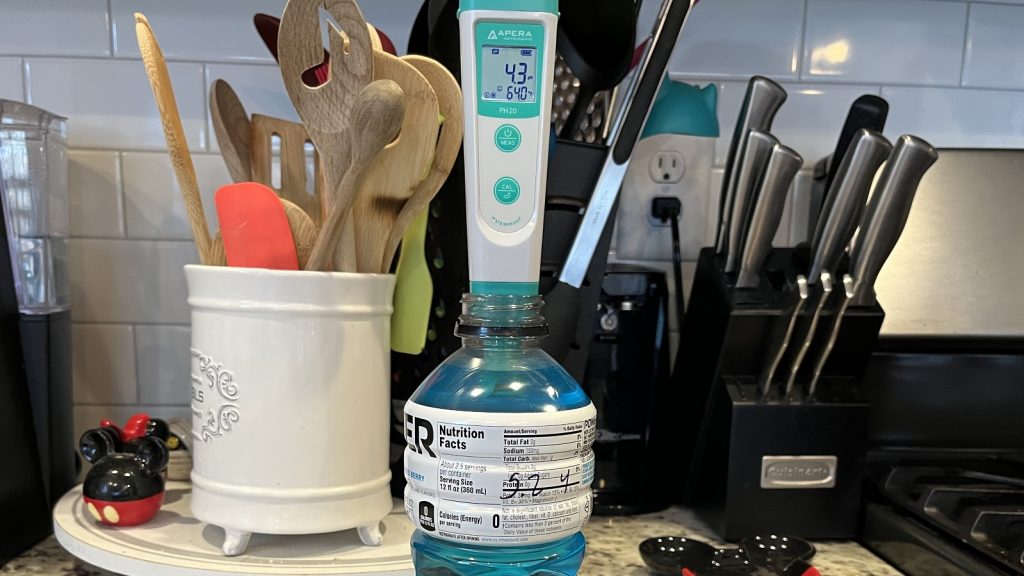
More drastic and cost-effective measures were clearly required. Next, I tried adding powdered chalk (CaCO3), which is generally not an effective way to raise pH due to its limited solubility in water. To my surprise, after adding just 2 tsp of chalk to a bottle of Powerade Zero, the pH raised to a very manageable 6.0!
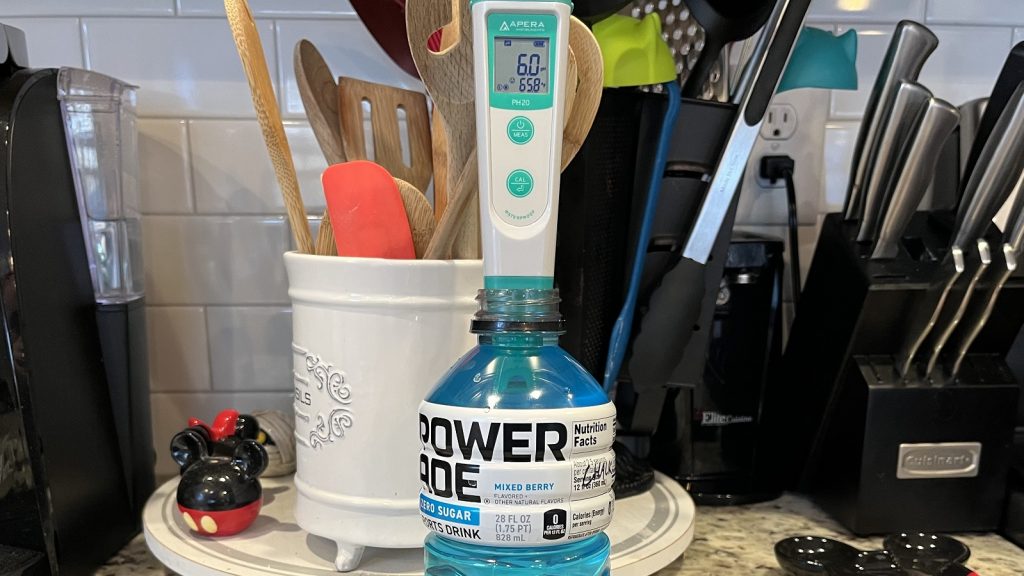
The solution started very cloudy, and when it eventually settled, I noticed a layer of powder at the bottom of the solution that did not taste chalk-like.
I believe the preservative acids in the beverage mixing with the chalk neutralized the acid, thus balancing the pH and leaving the white powdery precipitate at the bottom of the solution. I ran several further tests to determine the ideal quantity of chalk to add per gallon of Powerade Zero, but at a certain point, the amount of chemistry and stoichiometry required to pinpoint a target pH was beyond my capability. Ultimately, I decided the easiest way to match the batches was to approximately adjust the Powerade batch to a manageable pH level then match the more easily adjustable water batch to the resulting pH of the Powerade mash.
Based on many small batch tests I decided on a ratio of 7 grams of chalk per gallon. Several hours before brewing the blue batch I added my starting volume of 1192 ounces (9.3 gallons) of blue Powerade Zero to a sterilized mash tun and mixed in 65 grams of chalk, stirred vigorously, and left it to sit so the solution could stabilize and the precipitate could settle out.
In the meantime, I weighed out my grains for both batches. After roughly 3 hours, I transferred the pH balanced strike Powerade to a clean mash tun, leaving behind the sediment, and heated it to my target temperature.
I added the grains and started the mashing process. A sample of the wort at this point showed a pH of 5.6, which was a little higher than I anticipated, but certainly in the manageable range.
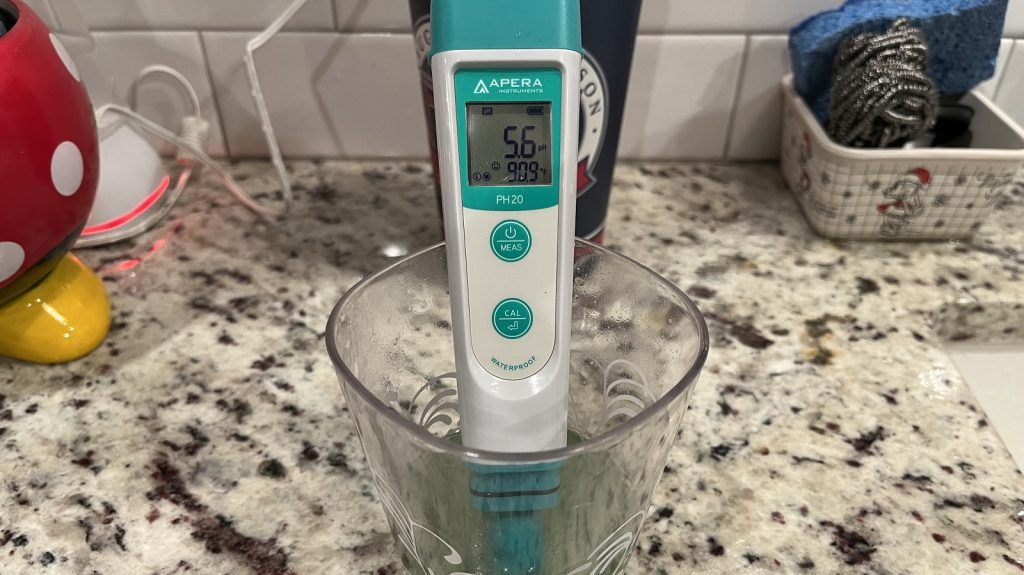
The mash temperature landed a little under my target temperature, which I blame on the unknown specific heat of Powerade Zero.
For the water batch, I collected and heated the strike water, measured out and added my brewing salt additions to achieve my target mash pH of 5.6, then added the grains. I decided to adjust my target mash temperature to match that of the Powerade Zero mash, as I wanted to prevent adding any extraneous variables to the xBmt.
From this point on, both batches followed the same regimen and were treated as identically as possible. I was able to tell a distinct difference in color between the two batches throughout the rest of the process. After mashing for the allotted time, I removed the grains, measured the the pH and temperature of both batches, then transferred the worts to separate boil kettles. As they were heating up, I measured out my hop, orange peel, and coriander additions for each batch.
Both batches were boiled for 60 minutes with additions made at the corresponding times.
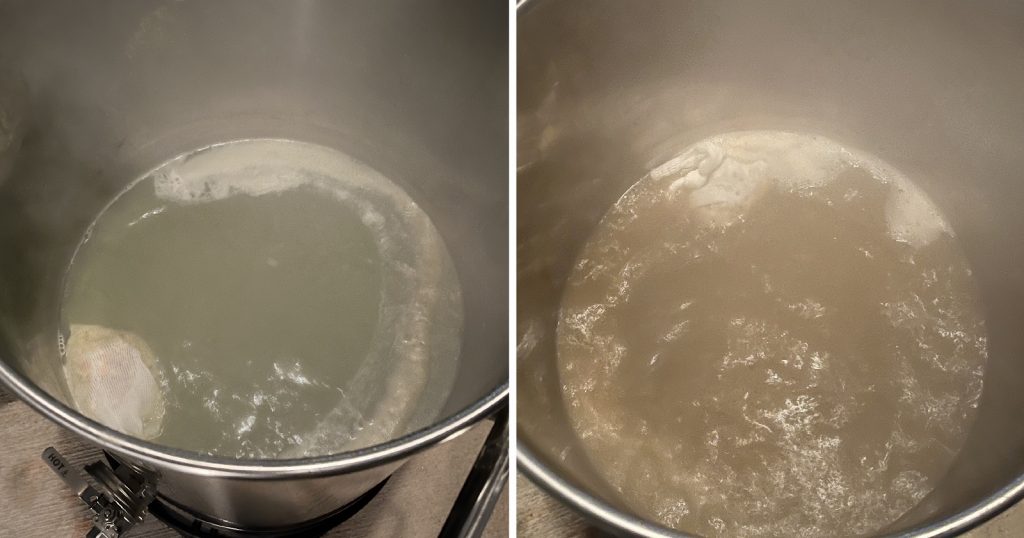
The worts were cooled and transferred to sanitized fermenters.
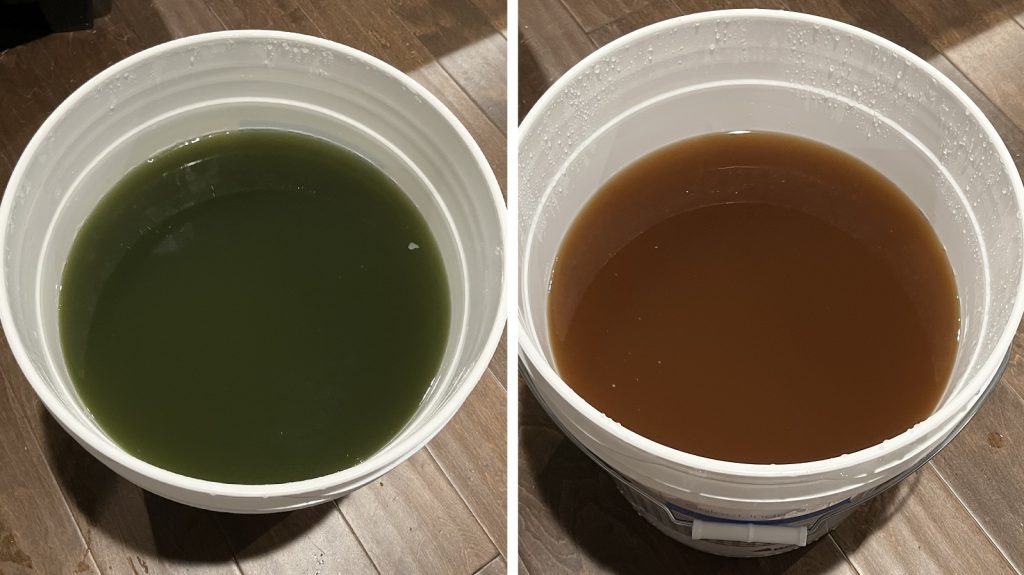
Hydrometer measurements showed the Powerade batch was 0.002 OG higher than the water batch, which was expected because the unadjusted Powerade Zero measured 0.002 SG points higher than my tap water in earlier tests.
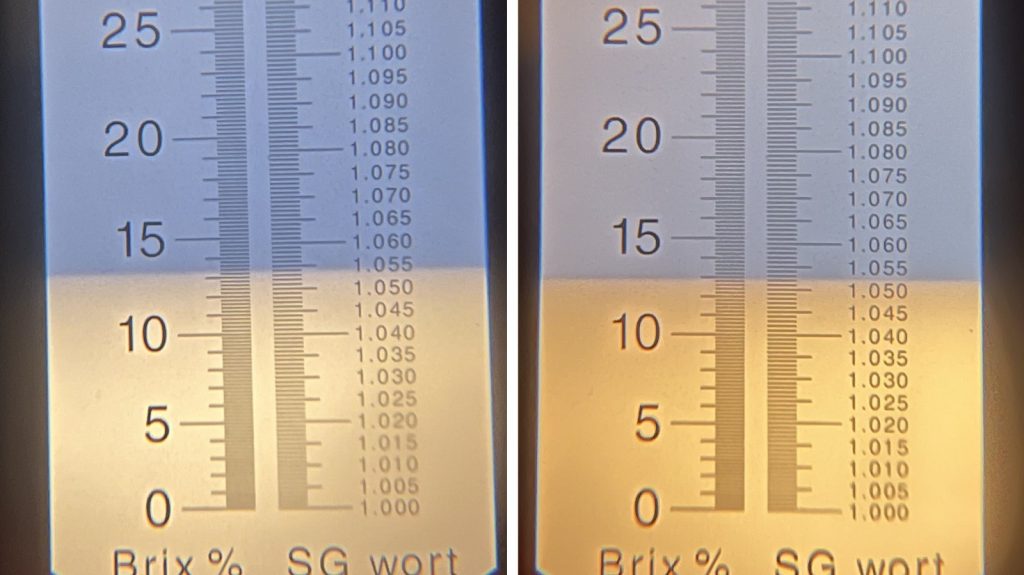
With both batches chilled, I pitched the yeast, opting to overpitch as I wasn’t sure what impact the Powerade Zero would have on yeast health and didn’t want to take any chances.
The beers fermented at 68°F/20°C for 18 days, at which point I took hydrometer measurements showing the Powerade Zero beer finished slightly higher than the batch made with water.
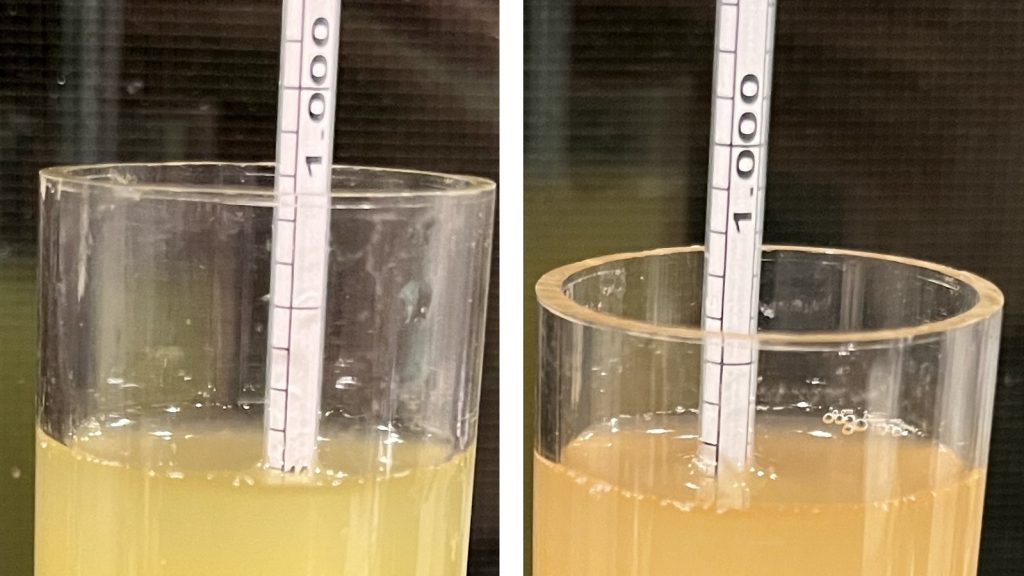
I proceeded to cold crash the beers for 36 hours before racking each to sanitized kegs. Interestingly, it seemed the yeast and trub absorbed a lot of the color from the Powerade Zero.
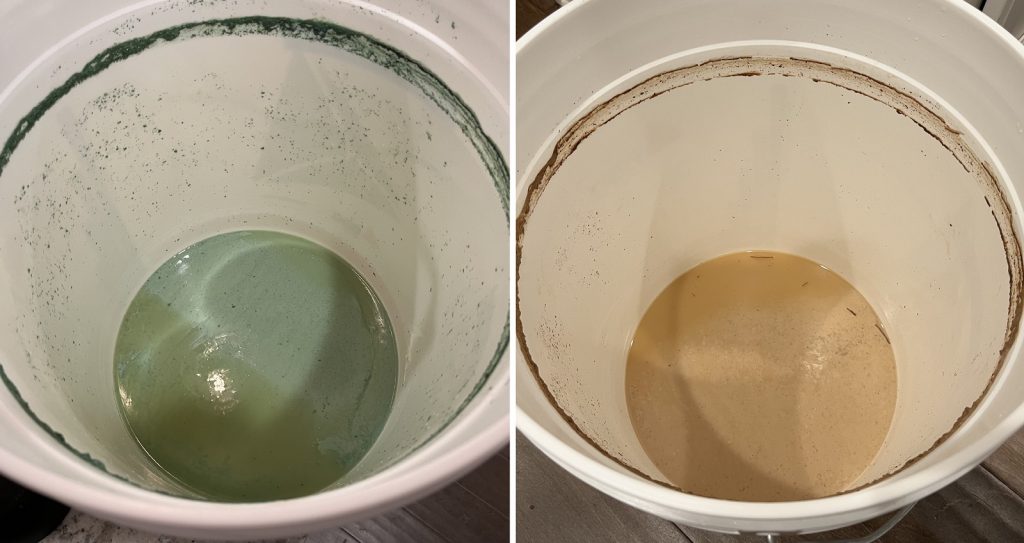
The filled kegs were placed in my kegerator where they were left to carbonate and condition for 3 weeks before they were ready for evaluation.
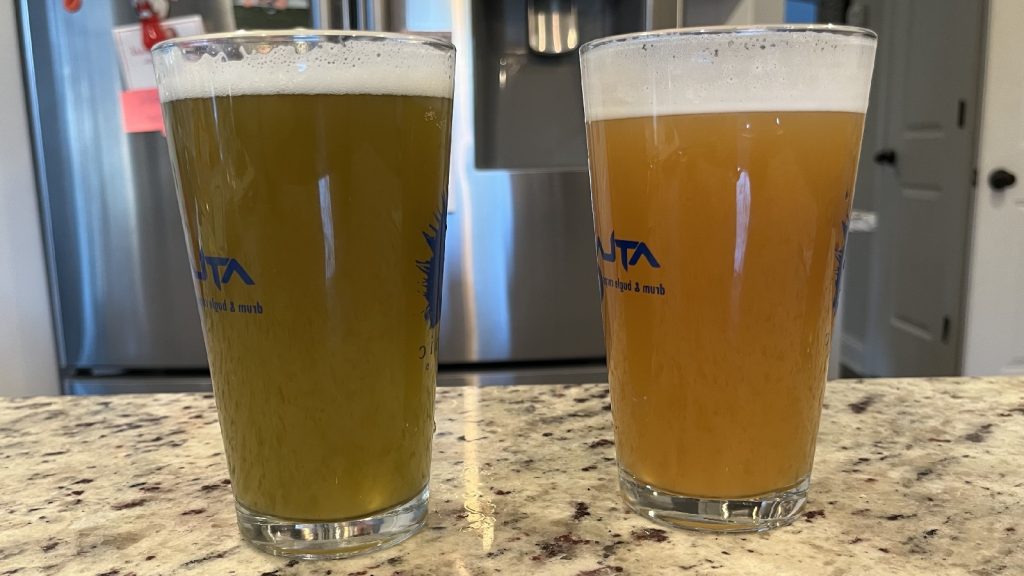
| RESULTS |
A total of 19 people of varying levels of experience participated in this xBmt. Each participant was served 2 samples of the beer made with Powerade Zero and 1 sample of the beer made with water in opaque cups then asked to identify the unique sample. While 11 tasters (p<0.05) would have had to accurately identify the unique sample in order to reach statistical significance, all 19 did (p= < 0.000001), indicating participants in this xBmt were able to reliably distinguish a Witbier made with Mixed Berry Powerade Zero from one made with water.
The 19 participants who made the accurate selection on the triangle test were instructed to complete a brief preference survey comparing only the beers that were different. A total of 5 tasters reported preferring the beer made with Powerade Zero while 14 said they liked the beer made with water more.
My Impressions: Out of the 7 semi-blind triangle tests I attempted, I correctly identified the odd-beer-out every time. I perceived the Witbier made with Powerade Zero as having a blend of sweet, tarty, and fruity flavors that actually worked fairly well, though the artificial sweetness was a bit too strong for my liking.
| DISCUSSION |
All participants, myself included, found it pretty easy to tell the difference between these beers, even when participants weren’t permitted to examine the color of the beers. Given the unconventional nature of the xBmt, that didn’t come as too much of a surprise. What I found more surprising was the perceived differences and personal impressions from participants. Tasters described the Powerade beer as fruity and tart, and they had difficulty articulating the artificially sweet flavor, sometimes describing it as butterscotch or SweeTARTS. While some found it unpleasant, others thought it was “surprisingly good,” “different, but not in a bad way,” and “it doesn’t taste like any beer I’ve had, and I don’t really like beer, so that’s good.”
The fact only 5 of the 19 participants preferred the Powerade Zero beer may simply reflect poorly on my choice of friends and tasters, as I think the more likely explanation is that this strange beer had some desirable flavors in it. While I found the artificial sweetness to be a bit overpowering, and the color not something I’d usually reach for, flavors like tart, sweet, and fruity have their place in the beer world – this is just combining them in a new (visionary?) way.
My initial focus was to create a beer in a style my wife didn’t hate, using a sports drink she liked. She knew the nature of the project – it’s hard to hide that much Powerade Zero – and helped me document the process, so she was not one of the official tasters. She reported liking the beer better than she expected to, but still didn’t like it. The sweetness was too strong for her as well, and she actually said she preferred it mixed with the regular beer to moderate both flavors, which I agree with. Would I drink this particular beer recreationally? No. But over a quarter of participants preferred it over the version made with water, and a few people even went back for seconds, so clearly some would.
I’m a big fan of unconventional flavors in beer, and roughly half of what I brew is with the intent of creating beers with characteristics I can’t readily find in stores. While this specific combination might not be one I’ll replicate, it showed enough potential to make me believe in the idea behind the beer.
It’s worth noting that this article glosses over much of the background work that was done in designing this experiment and understanding the nature of the beast I’d be using to replace water. In addition to these two batches of beer, I brewed a third identical batch using water but matching the water profile to that of the Powerade, to counter all the naysayers who would surely try to claim the difference in water profile was the real culprit in perceived difference. It wasn’t. While I couldn’t convince as many tasters to participate in another round of triangle tests, the difference in flavor was still very evident as anecdotally agreed by all involved. Side note– I rather enjoyed the salty kick imparted by adjusting the water profile in this third batch.
There was also a smaller fourth batch made with a 1/6 scale recipe without adjusting the pH of the Powerade Zero, to better understand what would happen to the yeast and enzymes in that environment. The addition of grain brought the pH of the mash up to 4.3, so not as hostile to yeast as I had feared, and the beer ended up fermenting to essentially the same final gravity as the other batches, though did seem to have a few different flavors from the pH balanced Powerade batch. This was all in addition to several other gallon-sized or smaller tests on how different chemicals and processes affected Powerade Zero’s chemical and flavor properties. I lost count of how many gallons of Powerade I ended up exhausting on this process, but it was even more than what’s pictured here:
While much research has been done on the effect water profile has on a beer, much less is known about the effects of replacing brewing water with other liquids. Based on this single xBmt, which to my knowledge may be the first of its nature, it appears using a liquid that isn’t water to brew a beer has a noticeable outcome on the final product. Is more research needed? Common sense might suggest that it isn’t, but the scientific method dictates otherwise. What if this xBmt were repeated with a dark beer? A different flavor of sports beverage? A different beverage entirely, like a soft drink? The mind boggles with possibilities. I hope others will take inspiration from my preliminary research and work to expand this field to explore the myriad flavors that may be unlocked through combinations brewers never dared to try.
I may one day return to the world of exotic water replacements and sports beers, but for the time being, my palate and bank account will benefit from a return to the familiar waters of, well, water for brewing. Based on the findings of this xBmt, I honestly believe there is a delicious flavor combination out there from replacing water with just the right beverage in just the right recipe, I’m just waiting for someone to be bold enough to discover it.
 Michael Nedvidek is a member of The Brü Club who lives outside of Atlanta, Georgia and has been brewing for around eight years. While his wife neither likes beer nor understands this hobby for many reasons, and his 2-year-old daughter doesn’t understand it for other reasons, they both support him nonetheless. When Michael isn’t brewing, he is teaching music, singing in a professional chorus, marching in a professional marching band, and playing elaborate pranks.
Michael Nedvidek is a member of The Brü Club who lives outside of Atlanta, Georgia and has been brewing for around eight years. While his wife neither likes beer nor understands this hobby for many reasons, and his 2-year-old daughter doesn’t understand it for other reasons, they both support him nonetheless. When Michael isn’t brewing, he is teaching music, singing in a professional chorus, marching in a professional marching band, and playing elaborate pranks.
If you have any thoughts about this xBmt, please do not hesitate to share in the comments section below!
Support Brülosophy In Style!
All designs are available in various colors and sizes on Amazon!
Follow Brülosophy on:
FACEBOOK | TWITTER | INSTAGRAM
If you enjoy this stuff and feel compelled to support Brulosophy.com, please check out the Support page for details on how you can very easily do so. Thanks!


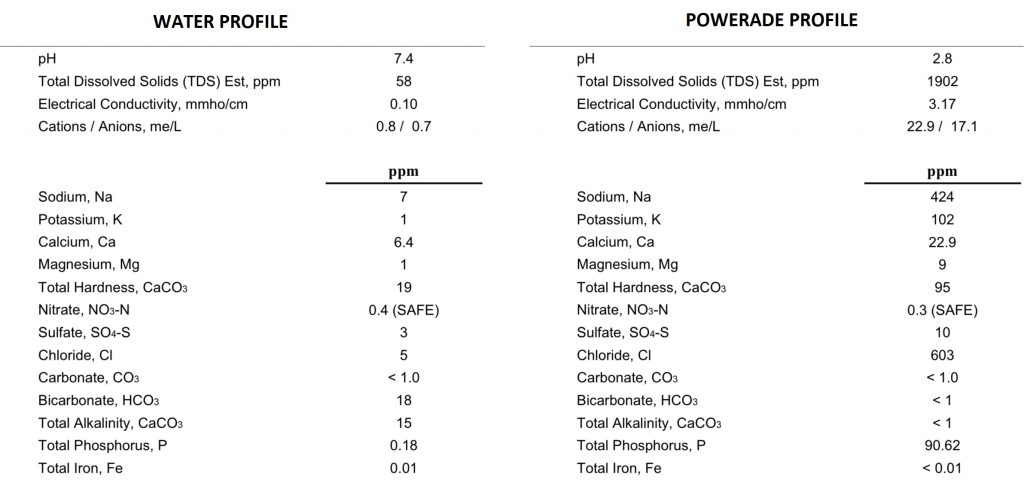
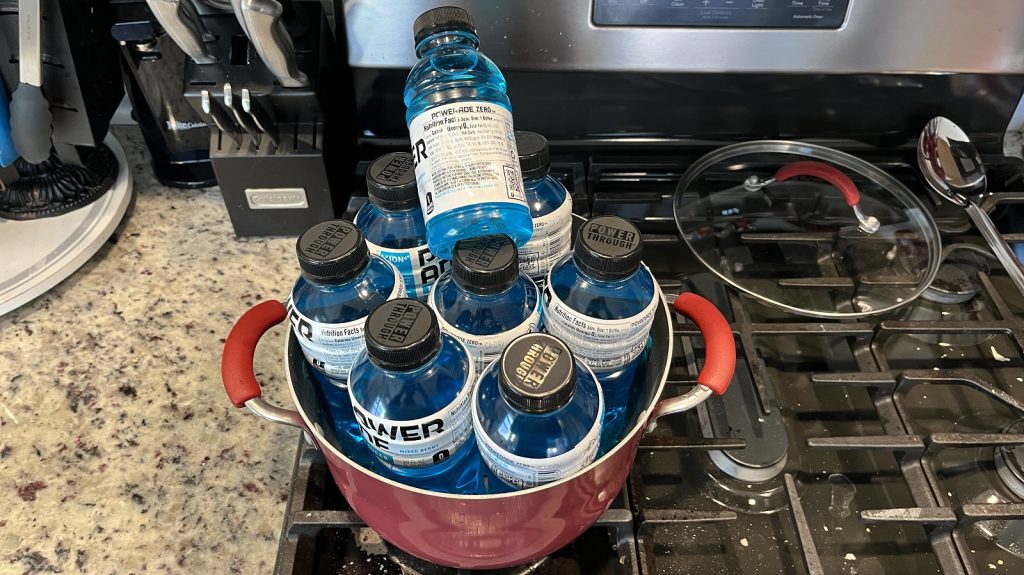
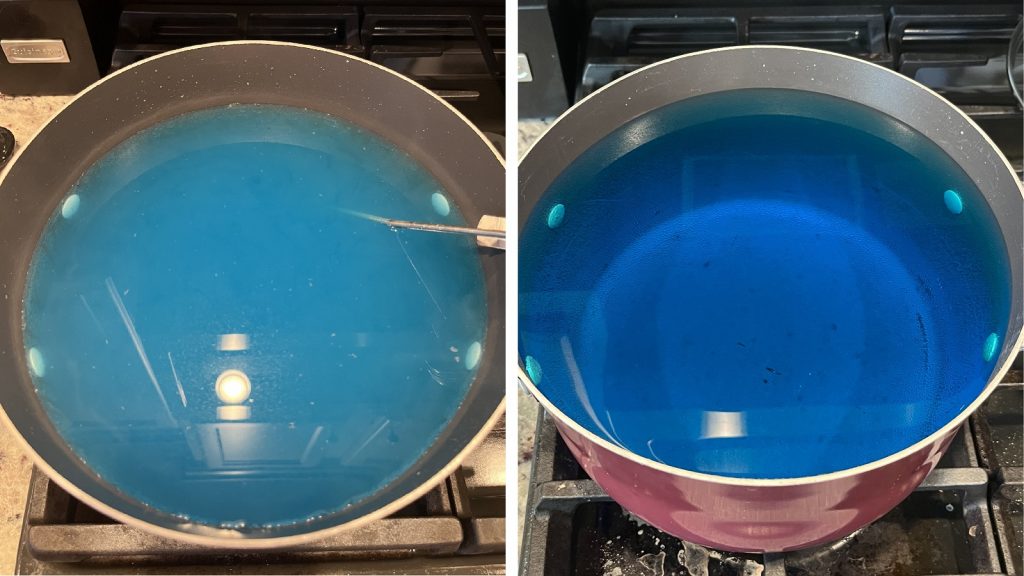
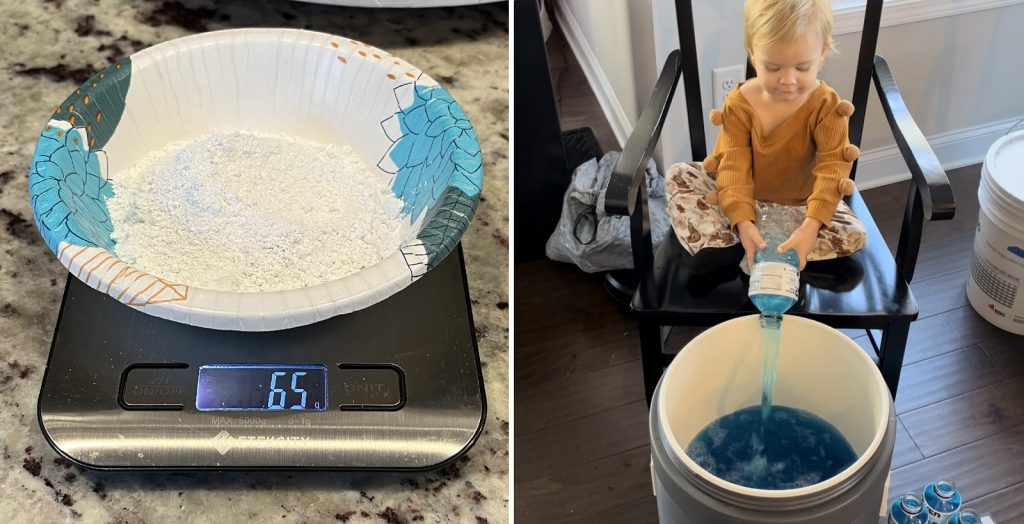
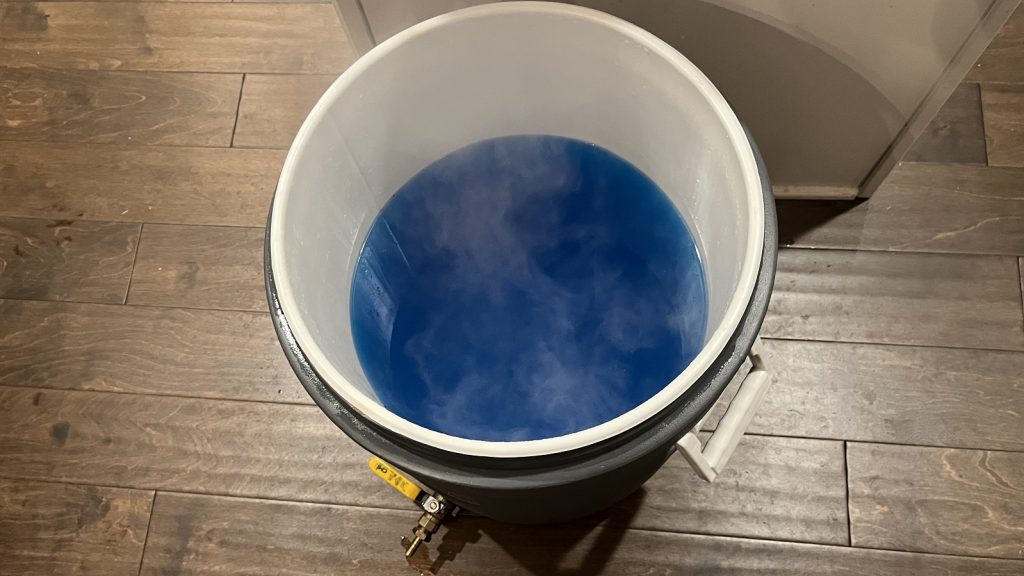
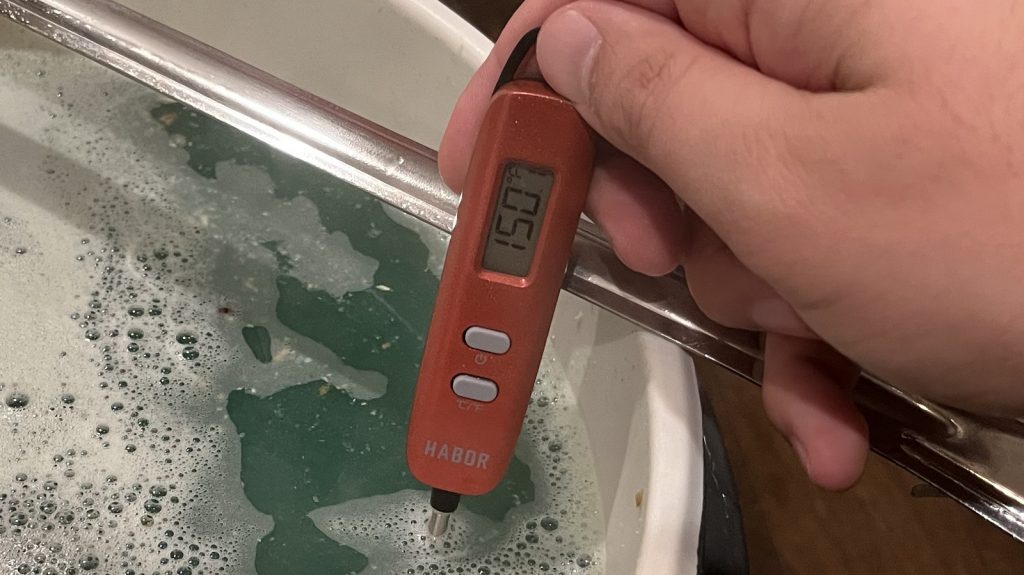
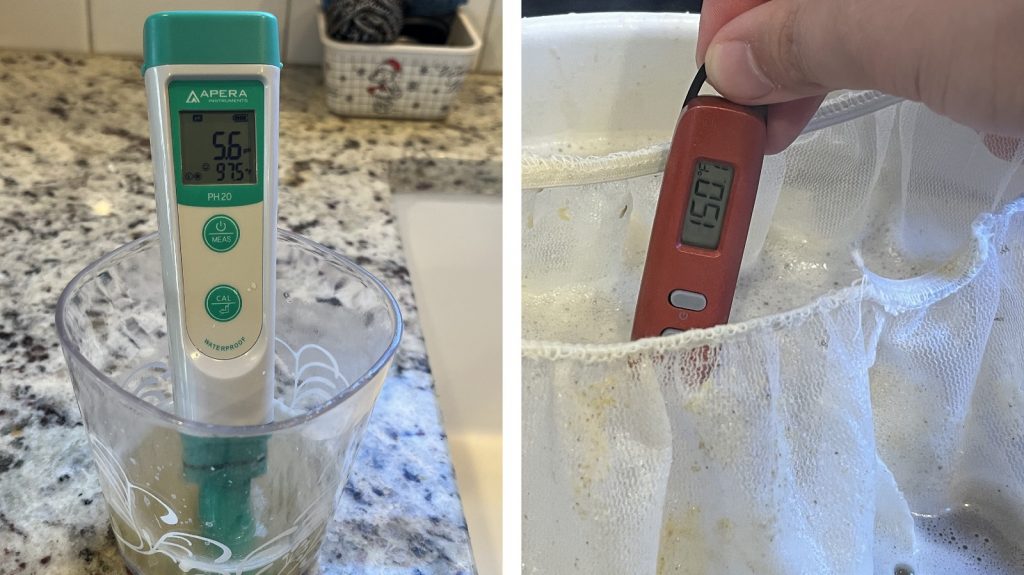
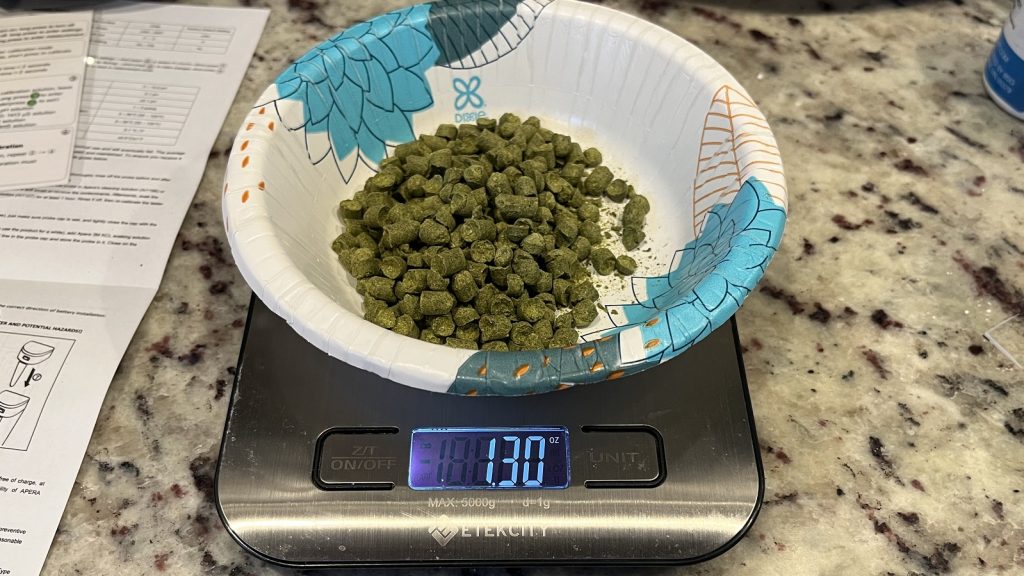
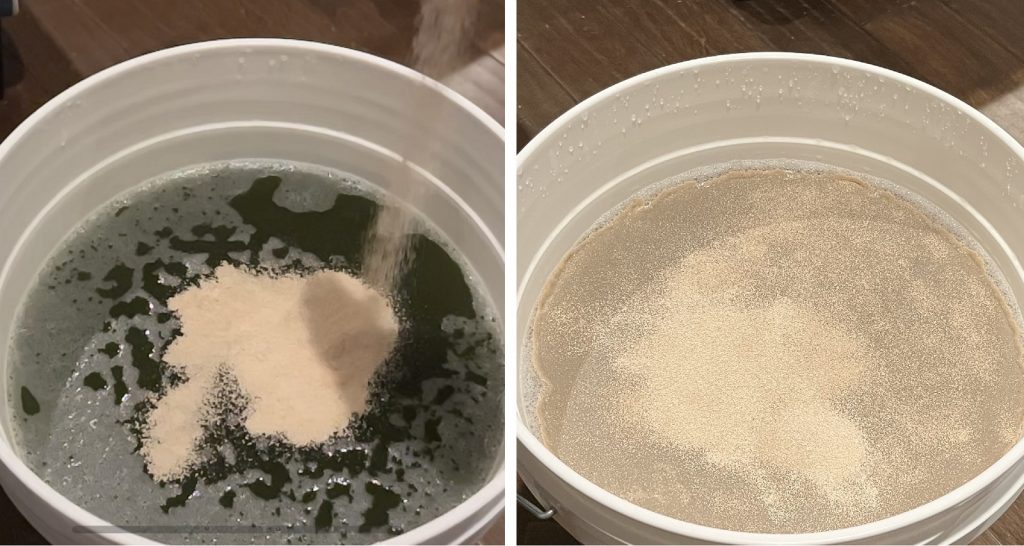
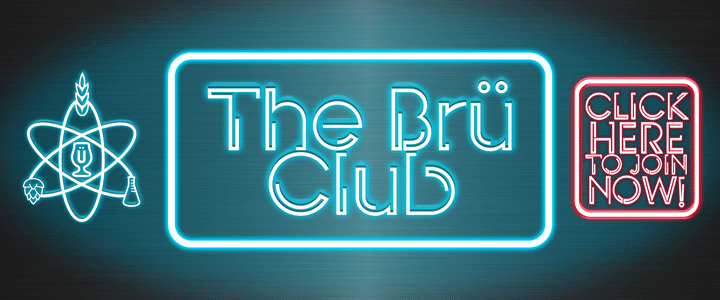

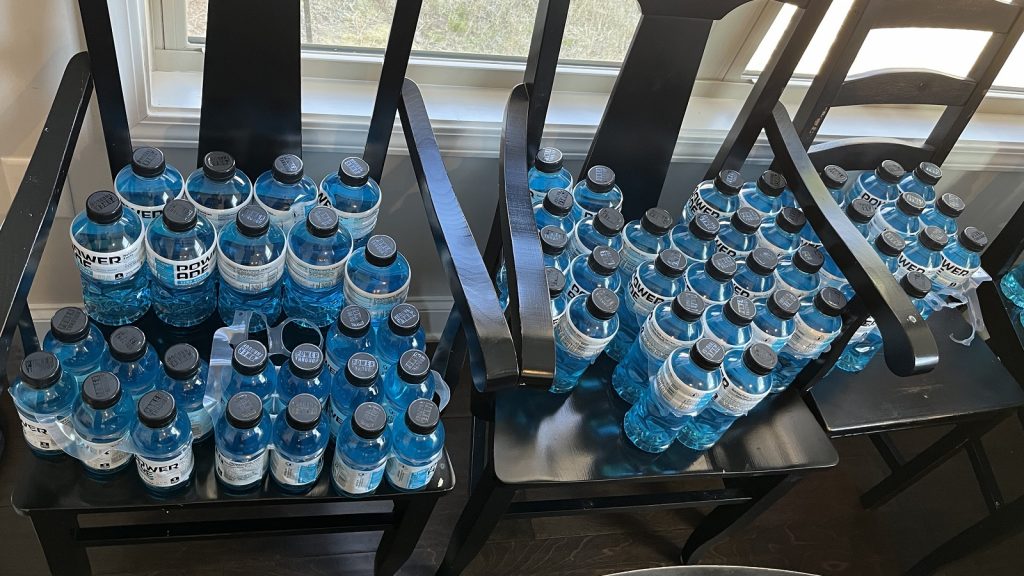










19 thoughts on “The Brü Club xBmt Series | Impact Using Powerade Zero Instead Of Water Has On A Witbier”
Interesting experiment. A few things to note:
-the reason why powerade is so acidic is because of citric acid. The reason why it is surprisingly tough to get the pH up is because it is a buffered solution (those are the “acidity regulators” sodium and potassium citrate). In fact the addition of calcium carbonate is industrially used to precipitate citric acid from solution by formation of insoluble calcium citrate tetrahydrate, which is a likely candidate for the precipitate you observed.
-many beverages such as sodas, sports drinks etc will contains preservatives that are toxic to yeast (which is the intended effect). For example sodium citrate also serves this function, there also others like benzoate. This is why it was a great idea to overpitch (and a nice bonus to precipiate some of the citrate salts)
-powerade contains artificial sweeteners, including aspartame. it may be possible for yeast to hydrolyze aspartame which can lead to off-tastes. it might make more sense to a sugary version and just adjust for extra fermentable sugars
when it comes to water replacements, i’d have to think fpr some other interesting candidates. some obvious candidates are fruit juices (ideally preservative free ones), natural mineral waters (which will have similarly high and unusual salt contents) and coconut water.
This was the most entertaining xBMT I have ever read! Cudos for blazing ahead bravely!!
Great ExBeeriment! You commented that the artificial sweetener could be the culprit behind a lot of the off-flavors – and that this also opens the door to a LOT more combinations to try! I feel that, in the groundbreaking search for a crazy new beer, using a full-sugar electrolyte drink or powder would be the next logical step! The fermentable sugars might prevent that butterscotch kind of taste or make it a cleaner taste overall.
About that color… bog water is pretty accurate. The kind of beer that demands an opaque cup!
each day we stray further from god’s light
No. Just, no.
What you’ve just said is one of the most insanely idiotic things I have ever heard. At no point in your rambling, incoherent response were you even close to anything that could be considered a rational thought. Everyone in this room is now dumber for having listened to it. I award you no points, and may God have mercy on your soul.
Why not just use Brawndo?
Absolutely appalling… and I love it.
Yes, this is Young Frankenstein level of mad brilliance. I hope you had a Frau Blucher (NEIGH) somewhere helping you brew.
Thank you for your most entertaining XBMT. It may take a lot of follow-up to determine how much crap a brewer can add to beer before no one will drink it. Perhaps the yeast will give up before the consumers do. I won’t tolerate all that sucralose, so I was surprised to learn that yeast will. I just hope that brewers don’t see this XBMT and start adding sucralose to my beer.
because it’s the sucralose that made this experiment a bad idea…
I love and hate you simultaneously.
Should have really saved this for posting on April 1.
This is quite honestly the best thing I’ve ever read on this site. I appreciate how thorough you were in documentation, and the fact that you ran additional test batches. But more importantly, I laughed out loud multiple times. Nice work!
You had two variables here, the liquid and the different yeasts. I’m wondering how much of a difference there would have actually been had you used the same yeast considering yeast drives flavor.
HIGHLY entertaining. This is the first XBMT that made me laugh out loud: “While 11 tasters (p<0.05) would have had to accurately identify the unique sample in order to reach statistical significance, all 19 did (p= < 0.000001), indicating participants in this xBmt were able to reliably distinguish a Witbier made with Mixed Berry Powerade Zero from one made with water."
I wonder what a cola would do for a stout? 😀
I found this very intriguing. Would I ever try it? No. But I found it interesting how the impact of the electrolytes in a sports drink impacted the flavoring and how the underlying flavor came through. From a thought perspective, very interesting read and idea.
At first I was appalled. Then intrigued. I love the out-of-the-box thinking. If I was conducting Exbeeriments, they’d all be traditional pilsners.
Perhaps a follow up experiment where you use half-and-half water-Powerade Zero? Mostly to dilute the sucralose.
How about tea as another base liquor? You can find a huge variety of herbal and flavoured teas these days. I’m sure there is a fruity/herbal tea flavour profile that would compliment a Wit.
Thanks for doing this, and thanks even more for posting this. I’ve tried my hand at Hard Pepsi and Hard Tang in the past (neither was any good), and these crazy ideas are fun to pursue, even when you are expecting less-than-stellar results.
If you repeat this, I’d go with Pedialyte as the base, since it is lower in sugar than a typical sports drink, but the sweetener is all fermentable so it won’t leave a cloying aftertaste.